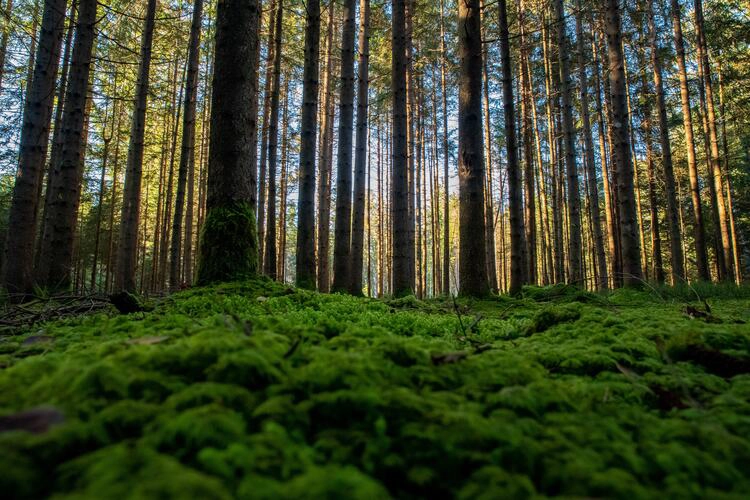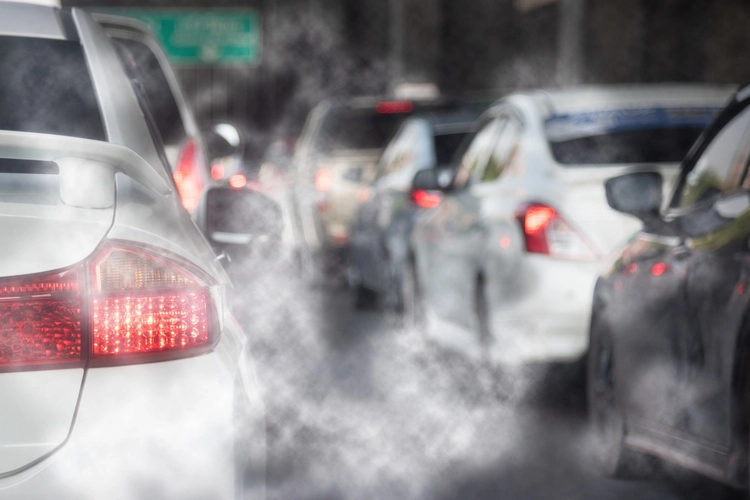
Discover a groundbreaking third category of wood – midwood – that could play a crucial role in absorbing rising carbon dioxide levels
By
Trees have long been categorised into two distinct types: softwoods – comprising of faster-growing trees including pines and firs – and hardwoods, those such as maples and oaks which take several decades to mature. All trees are natural carbon sinks as they absorb rising carbon dioxide levels in the atmosphere, but until now, scientists have been unable to understand why certain trees – such as the tulip tree (Liriodendron tulipifera) – are better at carbon storage than others.
In mid-Atlantic US, forests with many tulip trees (also known as yellow poplars) capture between two and six times more carbon than other forests. The species is also regularly touted as a great choice for climate-conscious gardeners and urban planners to plant in order to support carbon capture, and is popular in plantations in south-east Asia.
In recent research published in the New Phytologist Foundation, scientists analysed both hardwood and softwood on nanometer scales and were able to view structures within trees more than 6,000 times smaller than a single strand of human hair. This allowed them to see macrofibrils – a fibre mainly composed of cellulose that provides solidity and strength – up close, in order to deduce how they differentiate between wood types.

While hardwood macrofibrils were found to measure around 16 nanometres (nm) in diameter, softwood macrofibrils average around 28nm, potentially explaining differences in storage abilities. But surprisingly, the wood analysed from tulip trees – the king of carbon storage – was discovered to have macrofibrils with diameters of 22nm. Falling in the middle of the range between the hardwood and softwoods studied, it is this difference that led to this third type of wood being coined midwood.

The species, along with its close relative, the Chinese tulip tree (Liriodendron chinense), date back 30-50 million years ago, when atmospheric CO2 levels were falling from 1,000 parts per million (ppm) to just 500 ppm. While it is difficult to say for certain, the reduction in CO2 availability may have led the tulip trees to create their own macrofibril structure to accommodate the loss of carbon dioxide – meaning that today, the species can readily sequester carbon.
Scientists are now eager to see if it is this unique structure alone that makes tulip trees so good at sequestering carbon, as well as researching to find more types of midwood trees.




